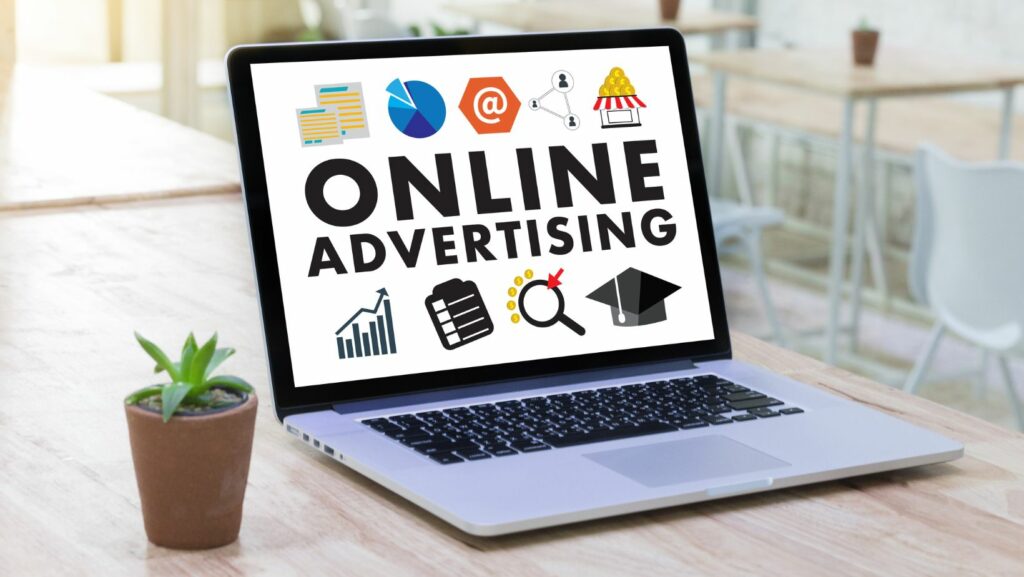Navigating the dynamic landscape of the ad tech industry can be both exhilarating and challenging. As a seasoned expert in the field, I’ve witnessed firsthand the rapid evolution and innovation that define this space. From programmatic advertising to data-driven insights, the ad tech industry continues to shape the way brands connect with their audiences in today’s digital age.
In this article, I’ll delve into the latest trends, emerging technologies, and key players driving the ad tech industry forward. Join me as we explore the intersection of marketing, technology, and consumer behavior, uncovering the strategies that are reshaping the future of advertising.
Ad Tech Industry
The Evolution of Advertising Technology
As an industry expert, I’ve witnessed the remarkable evolution of advertising technology over the years. Ad tech has revolutionized the way brands reach their target audiences, shifting from traditional methods to more sophisticated and data-driven approaches. With the rise of programmatic advertising, automation has become a cornerstone in optimizing ad placements and enhancing ROI. The ad tech landscape continues to evolve rapidly, ushering in new opportunities and challenges for marketers and advertisers.
Key Players and Innovators in the Industry

In my experience, key players and innovators play a pivotal role in shaping the ad tech industry’s trajectory. Companies like Google, Facebook, and Amazon have spearheaded advancements in ad tech through their innovative solutions and vast reach. Additionally, emerging startups focusing on niche areas such as artificial intelligence and machine learning are redefining how advertising technology operates. These players constantly push boundaries, setting the pace for industry standards and driving innovation across the digital advertising ecosystem.
Components of the Ad Tech Ecosystem
Demand-Side Platforms (DSPs)
In the realm of the ad tech ecosystem, Demand-Side Platforms (DSPs) play a crucial role. These platforms enable advertisers, including myself, to purchase digital ad placements efficiently and effectively. By utilizing DSPs, I can access multiple ad exchanges and ad inventory sources in real-time, allowing me to optimize ad targeting and campaigns based on various parameters such as user behavior, demographics, and context.
Supply-Side Platforms (SSPs)
On the flip side, Supply-Side Platforms (SSPs) are instrumental in helping publishers maximize their advertising revenues. As a publisher, utilizing SSPs like myself, I can connect with multiple ad networks and demand sources to sell ad inventory at the highest possible rates. SSPs enable me to manage and optimize my ad space by providing access to a broad pool of advertisers and ad networks, ensuring that I can monetize my digital assets effectively.
Data Management Platforms (DMPs)
Data Management Platforms (DMPs) are the backbone of data-driven advertising strategies in the ad tech landscape. As an advertiser, leveraging DMPs allows me to collect, analyze, and activate data to enhance audience targeting and campaign performance. DMPs enable me to centralize and organize audience data from various sources, helping me create detailed customer profiles and deliver more personalized and targeted ad experiences.
The Role of Programmatic Advertising
Real-Time Bidding Explained

In programmatic advertising, Real-Time Bidding (RTB) is a crucial aspect that facilitates the automated buying and selling of ad inventory in real-time auctions. As a marketer, I’m intrigued by how RTB allows advertisers to bid on individual ad impressions, enabling them to target their audiences more effectively based on data insights. It’s fascinating to note that within milliseconds, advertisers can evaluate and bid on ad spaces, ensuring optimal ad placements for maximum impact. RTB streamlines the ad buying process, making it efficient and cost-effective for advertisers to reach their target audiences across various digital channels.
Advantages of Programmatic Buying and Selling
Engaging in programmatic buying and selling offers numerous advantages for both advertisers and publishers. From my experience, I find it remarkable how programmatic advertising enhances targeting capabilities, allowing me to reach specific audiences with personalized messages at the right time and on the right platforms. Through sophisticated algorithms and data analysis, programmatic advertising optimizes ad delivery, improving engagement and conversion rates. Moreover, the transparency and control provided by programmatic platforms empower advertisers like me to make informed decisions, optimize campaigns in real-time, and maximize ROI.
